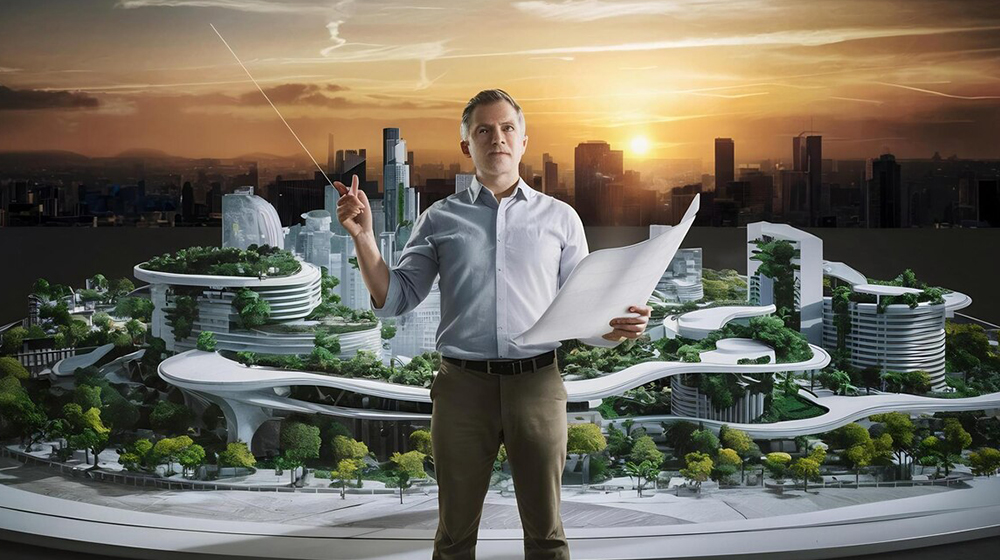The Role of Architects in Shaping
Quantum Lead Architects
Quantum Lead Architects

As urban populations continue to grow, cities face mounting pressure to address climate change, resource scarcity, and the need for healthier living environments. At the forefront of this transformation are architects—visionaries who not only design buildings but also influence the way cities function. In this era of sustainability, architects play a crucial role in crafting urban landscapes that are both environmentally responsible and socially inclusive.
Sustainable architecture begins with an understanding of the local environment. Architects analyze climate patterns, natural resources, and ecological systems to create buildings that harmonize with nature rather than disrupt it. This includes:
By doing so, architects reduce the long-term environmental impact of buildings and foster eco-friendly urban development.
One of the essential contributions architects make to sustainable cities is the inclusion of green spaces. Parks, urban forests, and communal gardens not only enhance aesthetic appeal but also improve air quality, reduce heat island effects, and promote biodiversity. Architects also design inclusive public areas that encourage walking, biking, and social interaction—key components of healthy, connected communities.
To reduce reliance on cars and cut down emissions, architects often advocate for mixed-use development—spaces where residential, commercial, and recreational areas coexist. By designing walkable neighborhoods where people can live, work, and play, architects help to lower traffic congestion and promote more sustainable lifestyles.
Modern architecture is increasingly tech-driven. Architects now integrate smart technologies to monitor energy consumption, automate lighting and HVAC systems, and collect data for future improvements. Additionally, buildings are being designed with adaptability in mind—able to accommodate future needs, population changes, and evolving climate conditions.
Architects don’t just design buildings—they also influence urban policy. By working alongside city planners, governments, and developers, architects ensure that sustainability is embedded in zoning laws, building codes, and city plans. Their expertise guides long-term strategies that shape greener, more resilient cities.
Sustainable urban design requires teamwork. Architects collaborate with engineers, environmental scientists, sociologists, and community leaders to develop solutions that are both practical and visionary. They also play a key role in educating clients and the public about sustainable choices, fostering a culture of responsibility and awareness.